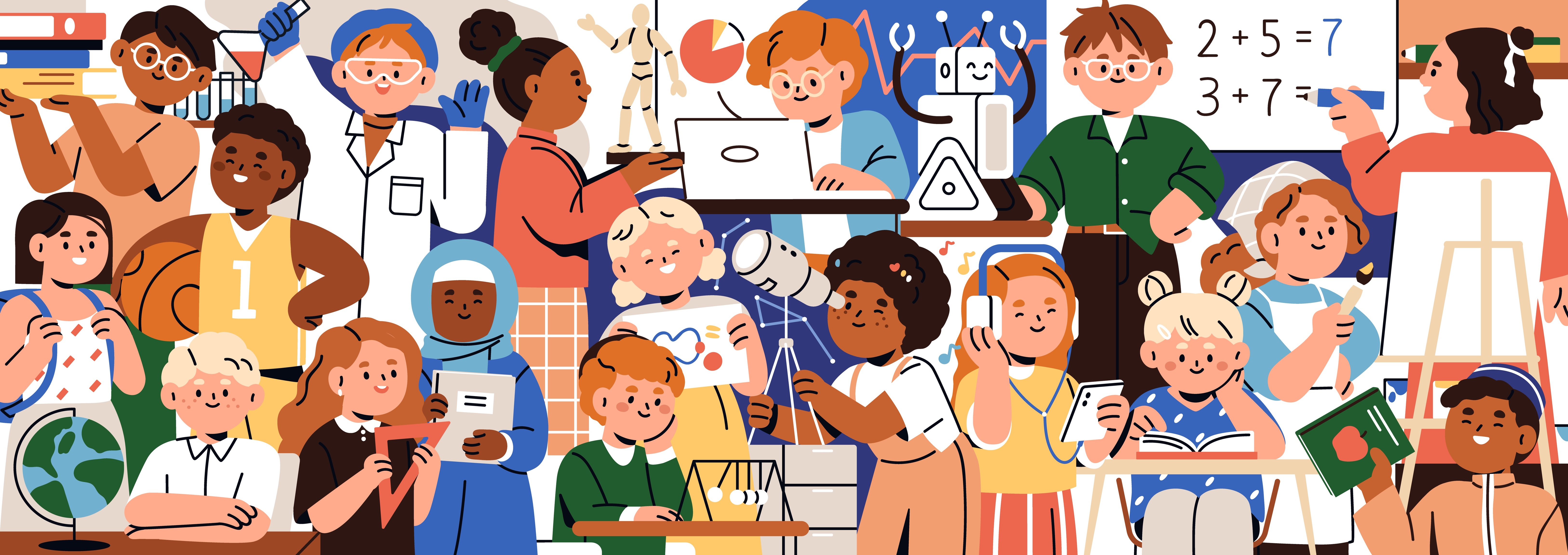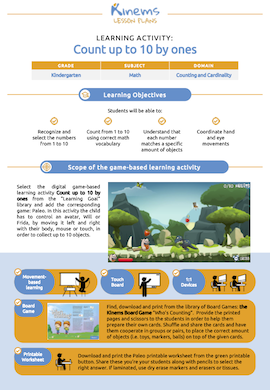Using multiple representations in math teaching for elementary school children

Using multiple representations in math teaching for elementary school children can be highly beneficial as it caters to different learning styles and helps in deepening understanding. Here are some examples:
- Visual Representations with Manipulatives and Puzzles:
- Example: Teach addition and subtraction using physical objects like blocks or counters. Children can physically move and group these objects to understand the concept concretely before moving to abstract representations.
- Symbolic Representations in Worksheets:
- Example: Using worksheets you can introduce mathematical symbols and equations. For instance, represent addition with symbols like "+" and "=" and guide students to write and solve simple equations like 3 + 4 = 7.
- Interactive Technology:
- Example: Utilize educational apps that allow children to interact with math concepts in a digital environment. This can include games that reinforce addition or subtraction skills.
- Mathematical Games:
- Example: Incorporate games that involve math concepts, such as board games that require counting spaces or card games that involve addition and subtraction.
- Group Activities:
- Example: Conduct group activities where students work together to solve math problems using board games that require counting spaces or card games that involve addition and subtraction. This promotes collaboration and discussion, enhancing understanding.
Kinems Learning Gaming platform has been designed to cater to different learning preferences and ensure inclusivity in an engaging elementary classroom environment through multiple representations since it supports:
- Multi-Sensory Engagement:
- Kinems platform can incorporate various sensory stimuli, such as visual, auditory, and tactile elements. This accommodates different learning preferences, providing a rich and engaging experience for students.
- Customization and Adaptive Learning:
- Kinems platform can adapt to individual learning styles and paces. This personalization ensures that students can interact with mathematical concepts in a way that suits their needs, promoting a more inclusive learning environment.
- Interactive Visual Representations:
- The platform can use both interactive visual representations like virtual manipulatives, dynamic charts, and graphs as well as tangible worksheets and board/card games. This helps children grasp abstract mathematical concepts by providing a visual context for their understanding.
Below is an example of a math lesson plan that incorporates Kinems multimodal learning game-based activities with multiple representations. This lesson plan is designed for a class of elementary school students focusing on understanding and practicing addition:

More about Kinems?
If you want to ask a specific question email us at: support@kinems.com.
If you want to schedule a quick call or schedule a “brush up” training: Book an online Kinems session
References
- Ozgun-Koca, S. A. (2020). Representation in Teaching and Learning Mathematics. International Journal of Education in Mathematics, Science, and Technology, 3(1), 1-9. doi: 10.46328/ijemst.v3i1.68
- Sokolowski, A. (2018). The Effects of Using Representations in Elementary Mathematics: Meta-Analysis of Research. IAFOR Journal of Education, 6(3), 129-144. doi: 10.22492/ije.6.3.09
- Fuchs, L. S., Fuchs, D., & Powell, S. R. (2022). Using Multiple Representations to Foster Multiplicative Reasoning in Students With Mathematics Learning Disabilities. Teaching Exceptional Children, 54(1), 3-12. doi: 10.1177/00400599221115627